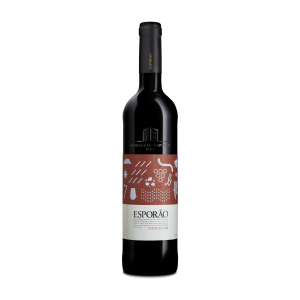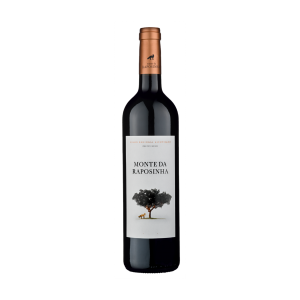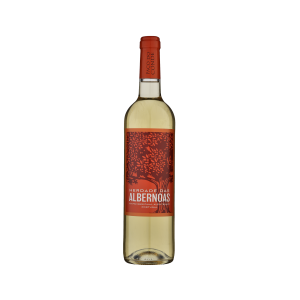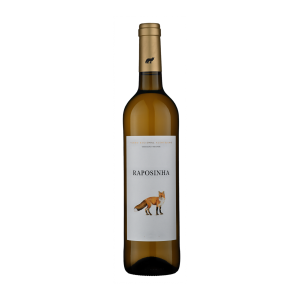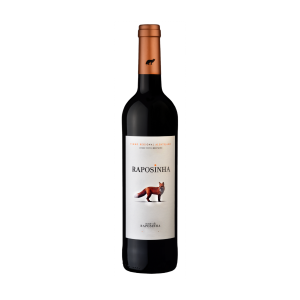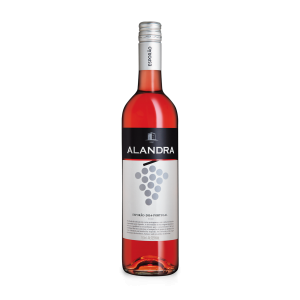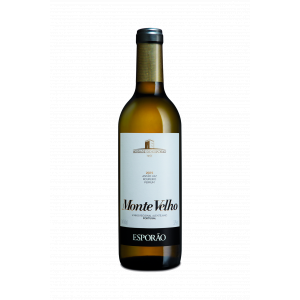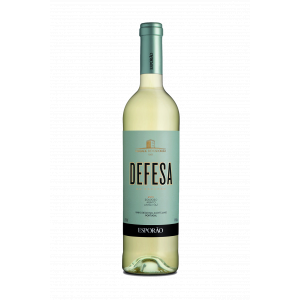Kраткие характеристики
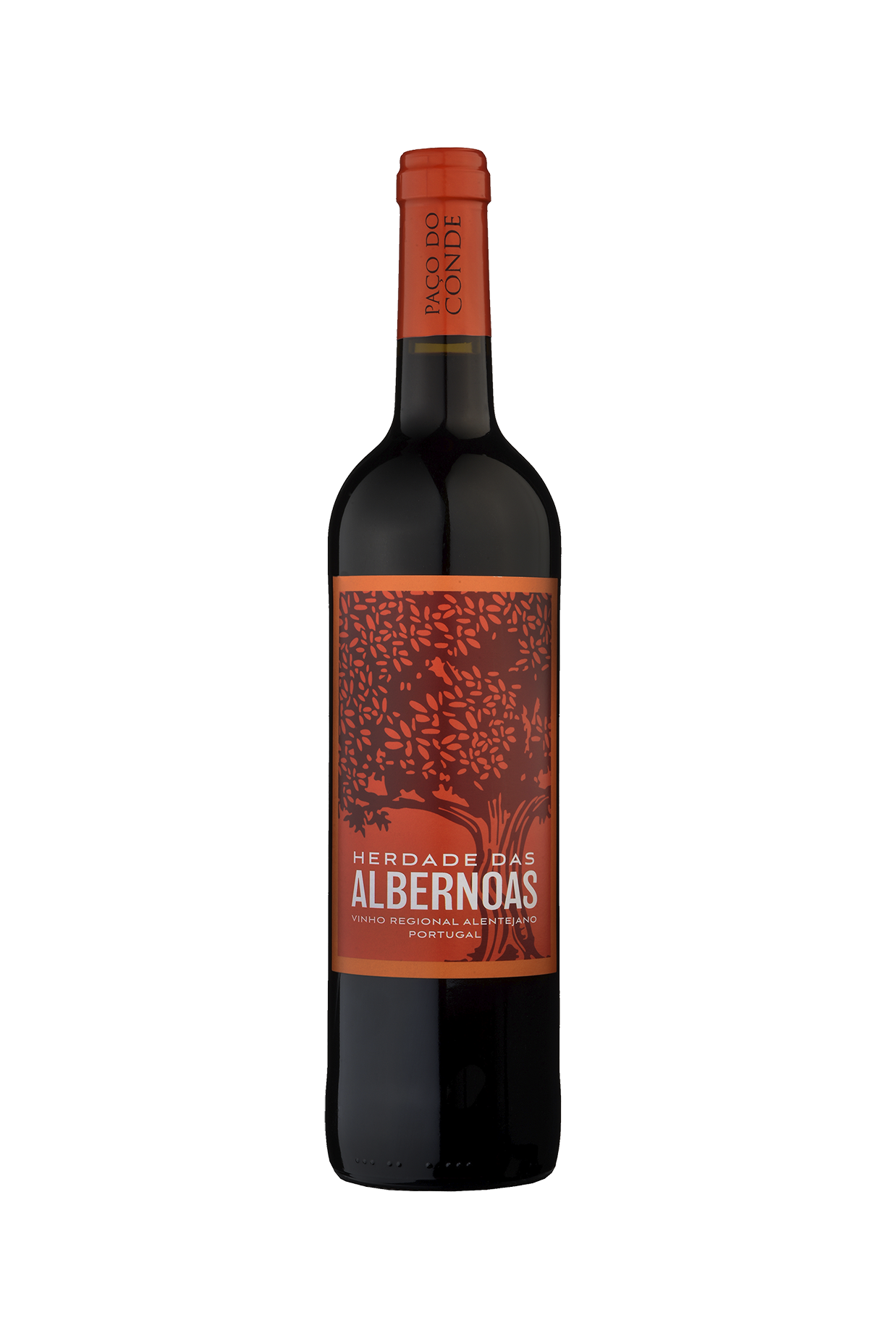
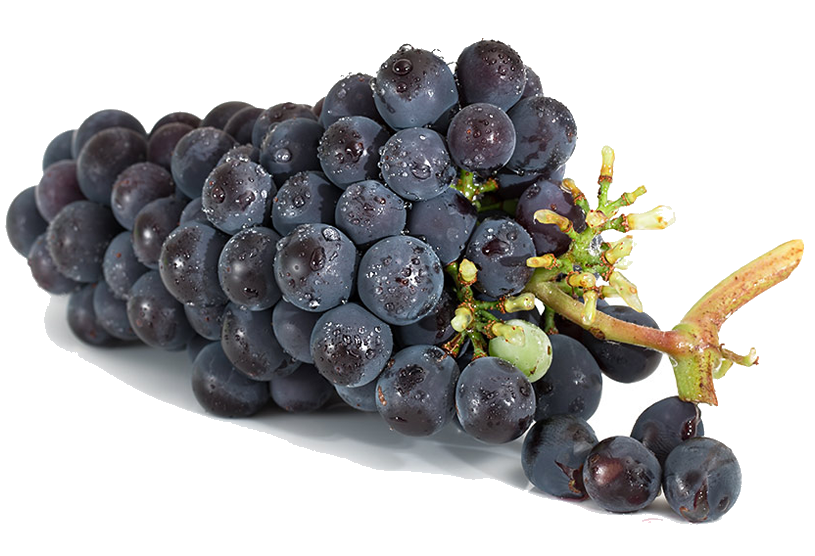
Alentejo is one of the biggest wine regions in Portugal. This hot and dry region is made up of wide plains, only interrupted by small mountains. Alentejo has benefited from numerous investments in the wine sector, which enabled the region to produce the best Portuguese wines and, therefore, gain international recognition.

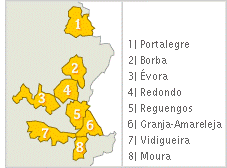 Located in the south of Portugal, Alentejo is a sunny region, allowing the perfect ripening of the grapes. As temperatures are very high in the summer, the vine has to be irrigated.
Located in the south of Portugal, Alentejo is a sunny region, allowing the perfect ripening of the grapes. As temperatures are very high in the summer, the vine has to be irrigated.
The region is mainly made up of plains, though Portalegre suffers the influence of the São Mamede mountain range. The vines are planted on the steep slopes of the mountain or in very heterogeneous soils of clay, granite, limestone or schist. However, these are not very fertile.
Most of the region’s 22000 hectares of vine are centred on the eight sub-regions of the Denomination of Origin of Alentejo: Reguengos, Borba, Redondo, Vidigueira, Évora, Granja-Amareleja, Portalegre and Moura.

In the sub-region of Portalegre, the vines are planted on the granite slopes of the São Mamede mountain range, suffering the influence of a microclimate (temperatures are lower due to altitude). In the centre of Alentejo one finds the sub-regions of Borba, Reguengos, Redondo and Évora, which produce very similar wines. The sub-regions of Moura, Vidigueira and Granja-Amareleja are located in the south of Alentejo, which is warmer and drier.
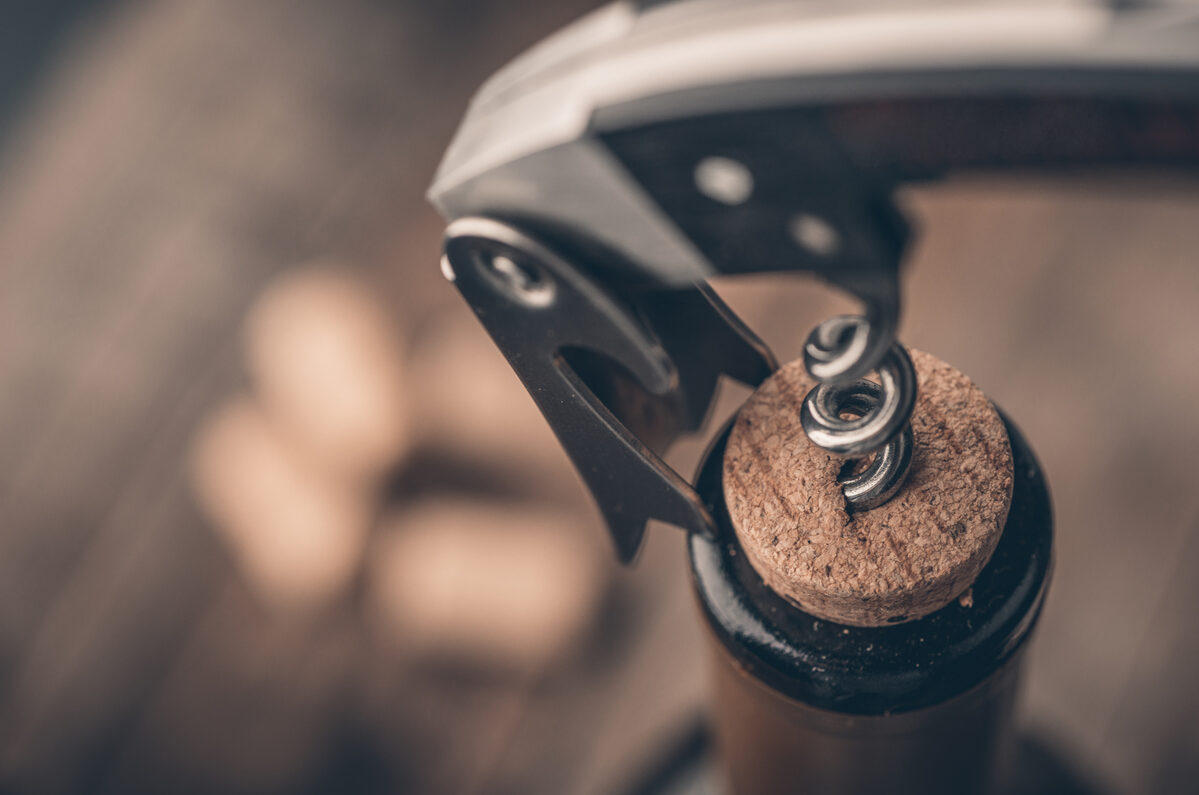
There are several grape varieties in Alentejo; however, some are more relevant than others (whether because of quality or planted area). The most important white grape varieties in the region are Roupeiro, Antão Vaz and Arinto. The red grape varieties Trincadeira, Aragonez, Castelão and Alicante Bouschet (a French variety that adapted itself to Alentejo’s climate) are also important.

White wines from Alentejo DOC are usually soft, slightly acidic, with tropical fruit aromas. Red wines are full bodied, rich in tannins and with aromas of wild and red fruit.
Besides producing in the DOC sub-regions, Alentejo has also high production and diversity of regional wine. Producers often opt for this official designation, which allows to include other grape varieties besides those predicted in DOC wines legislation. Therefore, it is possible to find regional wines produced with Touriga Nacional, Cabernet Sauvignon, Syrah or Chardonnay.
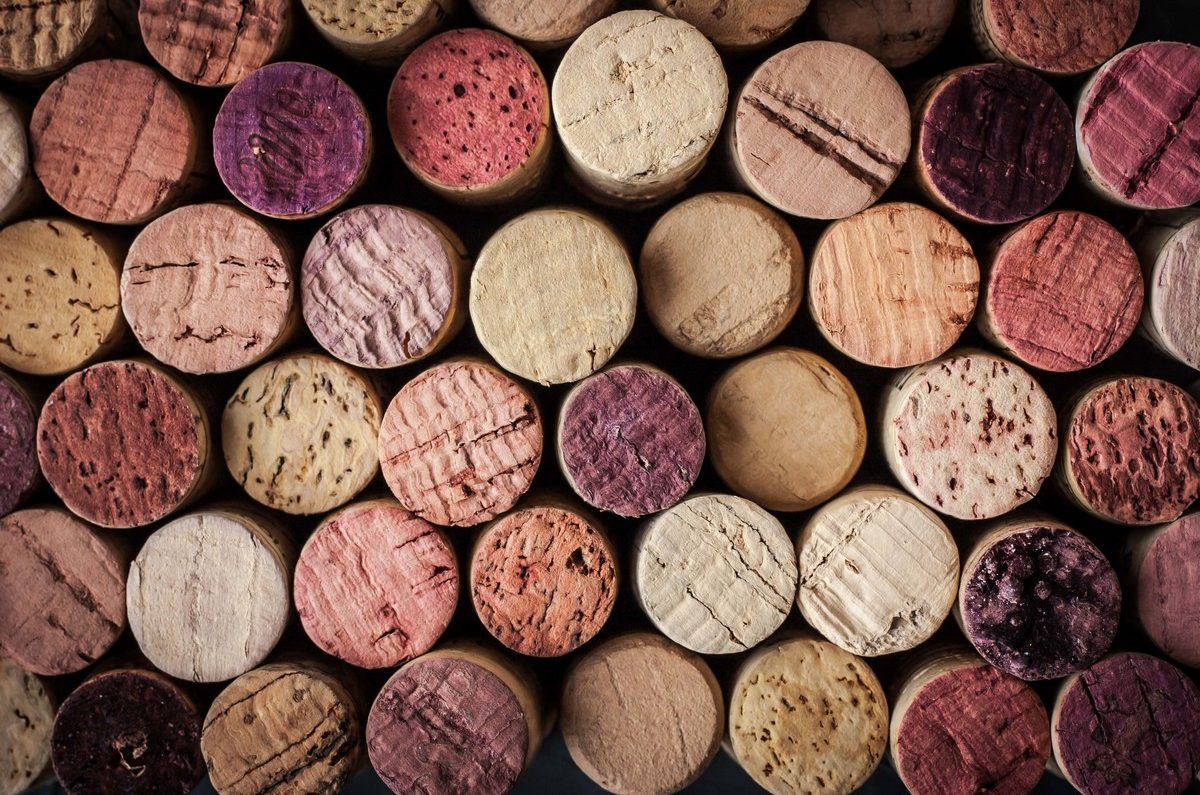
There is currently great potential in Alentejo for the production of wine. However, the region has not always counted on the support of national agricultural policies. Due to its climate, poor soils and agrarian structure (big farms), the region's main productions have always been cereals, olive trees, oak and livestock. During the first decades of the 20th Century the government intended to make Alentejo Portugal’s “barn”. Because of this, the production of maize was widely spread. Wine had almost no importance at all and was consumed only by local populations. Vinification was made according to traditional processes inherited by the Romans and fermentation occurred in pottery amphoras.
The first cooperative winery in the region was created in the 1950's with the purpose of controlling the production of wine. However, only in the 1980’s did Alentejo go through a major revolution in the production of wine. The producers in Alentejo organised themselves and created numerous associations, strengthened the cooperatives and encouraged private producers. This way, the wine sector gained relevance and the region became officially demarcated in 1988.



